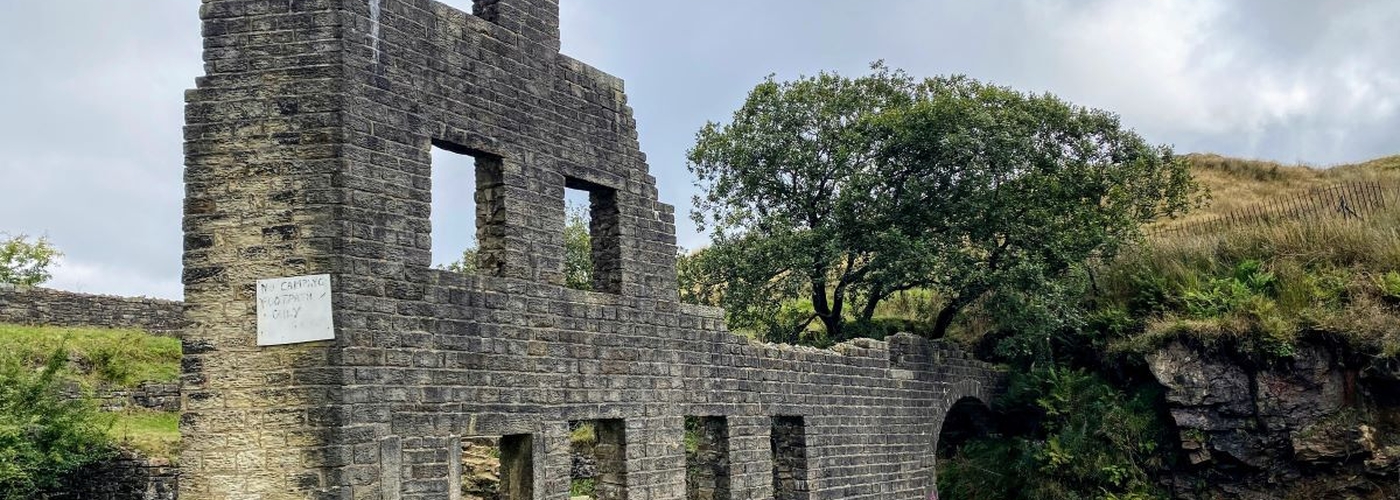Jennifer Sizeland examines the plight of a defining part of our urban scene
7 minute read
In 2017 Historic England estimated unused floor space in the textile mills of Greater Manchester and Lancashire was the equivalent of 25,000 new homes. That's some figure giving the national housing shortage.
It is very hard to avoid the factory legacy of Greater Manchester, especially in the city centre and upwards into the hilly boroughs of the north, where the chimneys and towers signal the labour of an industrial past. Yet, with so many still standing despite several widespread demolitions, it raises the question of what will become of the remaining mills?
All the northern towns of Greater Manchester have landscapes dominated by these behemoths of industrialisation. Just take Oldham which by the late 19th century and early twentieth century was the world cotton-spinning capital, with its factories processing a third of the cotton used in British textiles. One in four cotton spindles in the country were in Oldham in 1911 and one in ten spindles globally.
GM mills are prisoners of geography. Those in run-down neighbourhoods risk being razed.
Greater Manchester rose as the textile factory hotspot in the 18th century with the exploitation of steam power. As structural engineering and machinery improved, the area evolved to become bigger and more powerful.
When the industry started to decline in the 20th century, the huge number of redundant mills made it difficult to repurpose them. Around ninety mills were officially taken out of commission by the controversial steeplejack Fred Dibnah. He took down his last chimney in Royton in 2004, the same year he died from cancer.
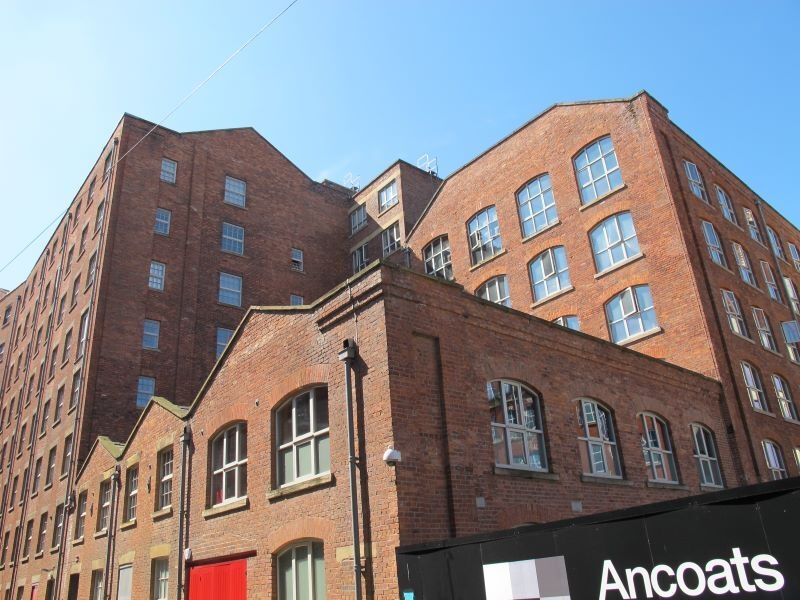
A subsequent report by the University of Salford in 2017 found 45% of Greater Manchester’s historic textile mills had been demolished in the last 30 years. In the report they surmised that 'the surviving mills impart a powerful sense of place, and epitomise the successful introduction of the factory-based system that transformed the region into one of the world’s leading manufacturing centres'. It was then the survey’s commissioner, Historic England, called for mills to be brought back into use whether for housing, work or leisure and they came up with that headline figure of unused factory floor space mounting to the equivalent of 25,000 new homes.
No one ever dreamed that it would one day be restored so all the pipework and machinery were ripped out of the building. It appeared doomed to become another relic of the village’s once diverse and thriving textile industry.
One issue is that it is no small feat to redevelop a mill, especially if you want to use it for its intended manufacturing use, as David Kaye learnt when he bought Summerseat Dyeworks in Ramsbottom in 1976. Only 32 at the time, he repurposed the Courtauld-dying mill to add flame-retardent coatings to fabrics via his company Binex Ltd.
When it officially reopened in 1977, a local journalist expressed his disbelief in a Bury Times article. “No one ever dreamed that it would one day be restored so all the pipework and machinery were ripped out of the building. It appeared doomed to become another relic of the village’s once diverse and thriving textile industry.”
The closure of other mills had helped him source second-hand machinery that was no longer in use, and it took 12 months to get the mill back up and running at a cost of £100,000. The mill then made flame-retardant children’s clothing and tents as well as caravan and boat finishings. They also printed fabrics, akin to the mill's original use.
It was such a success that he employed 70 staff between two factories. Sadly, the reasons his factory had to close were the same as others when he lost “two or three big accounts” to Chinese manufacturers in a short space of time.
“It was an awful time when I had to close but had no choice really as I started to lose money and had no real alternatives,” said Kaye. He described having to make people redundant as tough before selling the building for housing in 2002.
His preference for the mills still standing is that they should be used for their original purpose of manufacturing. He lamented the lack of investment which has led to their conversion into housing, retail outlets or demolishment as “sad”.
I'm really into history and love old buildings and houses. It was always a goal to live in a mill if I could.
A few mills do remain in use like Private White VC, the luxury menswear brand famously worn by David Beckham. Others have been developed into designated wildlife areas, public parks, restaurants and museums as well as homes.
Holden Mill in Bolton which was the last cotton mill to be built in the town but one of the first to be connected to electricity via a power station was repurposed by developers in an area in need of housing. Now known as The Cotton Works, this Grade II listed building houses 282 apartments that utilise the huge windows to make desirable living space. A one-bed flat in the mill can be rented for £625 a month so it's paid off for investors.
Lauren Howlett lived in a mill apartment there for a “very happy four years.” She said that while moving in and out of the converted building was “tricky” and car parking was “tight,” its heritage was a big draw for her. “I'm really into history and love old buildings and houses. It was always a goal to live in a mill if I could.”
Others have gone down in flames, like the Albert Mill in Whitworth which was set on fire multiple times, with one occasion resulting in a firefighter breaking his back after falling through the floor. Unsurprisingly, it was marked for demolition in 2017. In fact, arson is such a risk that Historic England issued their own guidelines for owners to help them avoid this fate.
They are right to have safety concerns because the afflictions that befall Manchester’s mills can have biblical connotations. Another Summerseat mill, which had become the Waterside pub before closing, was reclaimed by the River Irwell when it flooded on boxing day in 2015.
Former landlord Nick Hogan recalls being shocked when he saw the viral video of the mill/pub collapsing into the water. Although it had been derelict for a couple of years Hogan was still “little upset due to all the hard work that had been put in to building a fantastic venue.” However, relief was his overwhelming emotion as “I began to imagine the disaster that would have happened if it had been washed away on a very busy Friday or Saturday night.”
"Councillor Amanda Chadderton, Leader of Oldham Council, told me that the purpose of their Mills Strategy is to underpin their commitment to using brownfield land for development instead of green belt."
It was only in the 1980s that the now-defunct Royal Commission on the Historical Monuments of England (RCHME) surveyed the mills left standing. Out of the remaining 972, 90 received listed status.
More recently and in response to the University of Salford report, Oldham council created the Oldham Mills Strategy in 2020 with the aim of creating a more positive and sustainable future for their legacy buildings. It’s a necessarily large document at 172 pages long, outlining designations of outstanding mill stock and iterating their power to give up on them if they deem it necessary.
Councillor Amanda Chadderton, Leader of Oldham Council, told me that the purpose of their Mills Strategy is to underpin their commitment to using brownfield land for development instead of green belt. The council also hopes that it will tackle the issue of anti-social behaviour and fly-tipping at mills “by strengthening our case to get owners to act when a mill falls into disrepair.”
“It also helps us to identify a number of funding streams that can be used to support viable regeneration of these sites in the future,” she added.
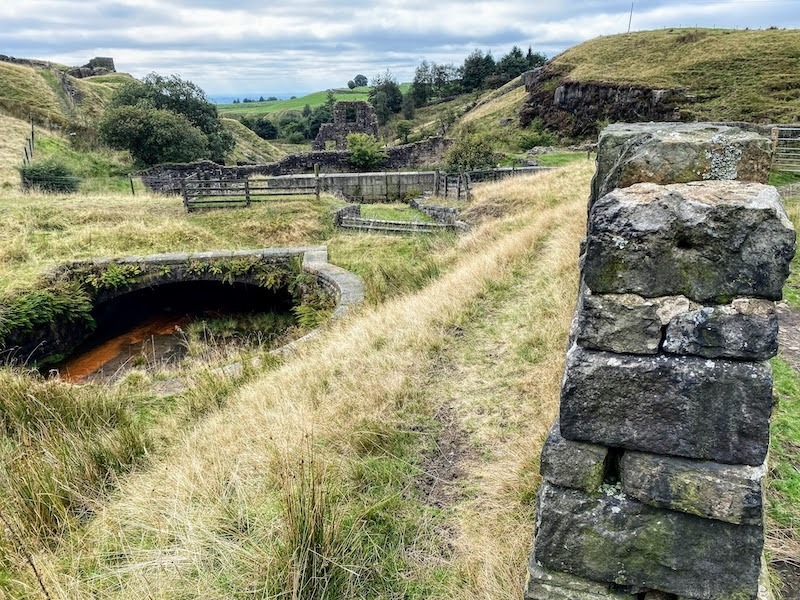
Since the launch of the strategy in March, Chadderton said it had been used to determine the approval of a planning application for 38 flats in Knoll Mill in Saddleworth. Aside from that, she said that they would “consider how other underutilised mills can play an integral part in our future needs.”
In many ways, Greater Manchester mills are prisoners of geography. Those in desirable areas have a chance to become houses or shops. Those in derelict urban neighbourhoods risk being razed before they are redeveloped. Those in loved communities, like a park on the old site of Top Mill in Shuttleworth which won a North West in Bloom award, are given an entirely new purpose thanks to the hard work of dedicated local gardeners.
Others, like the ruins of Cheesden Lumb Mill on Ashworth Moor (main image above), have the opportunity to artfully fall to the ground, in a scenic spot that has been captured by local artists and where walkers strip off in the weir for a spot for wild swimming.
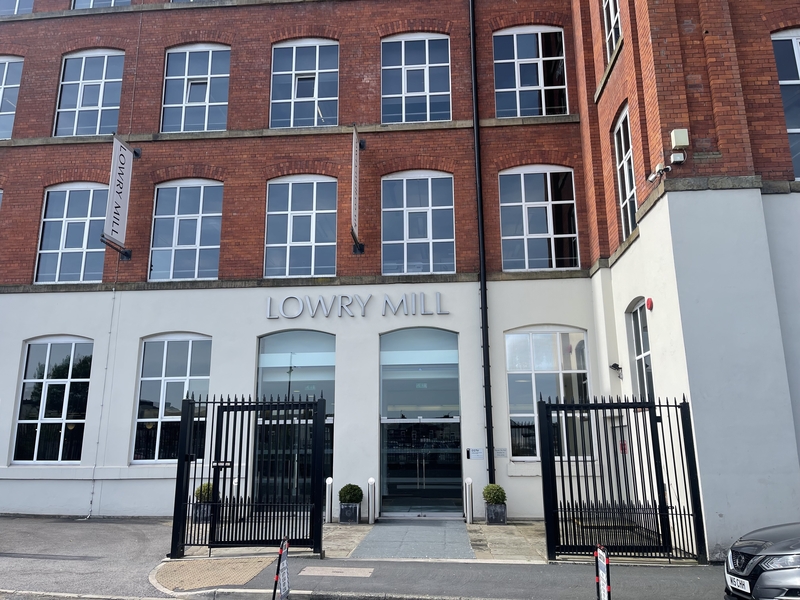
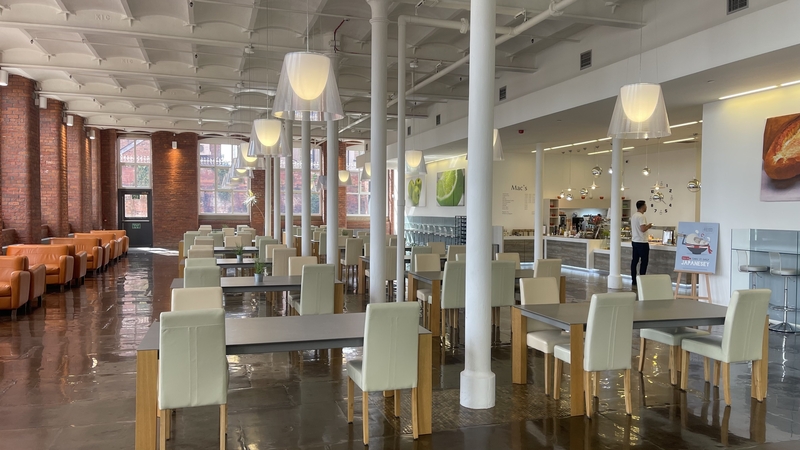
It seems that whether we sleep, work, birdwatch, hike, play, shop or eat in Manchester’s mills, they are still a vital part of the fabric of our lives, all these years later. Many remain an under-utilised asset dominating streets and townscapes across Greater Manchester from Oldham to Wigan and from Bury to Stockport.
Those in Ancoats, and off Oxford Road in Manchester, prove how these building types add greatly to the urban landscape. If new uses can be found as with the offices and work units at Lowry Mill in Swinton they can become examples of pride while adding trademark distinctiveness to the Great Manchester landscape: or even better if those empty mills can be developed into many of those 25,000 new homes their floor space could create then that might alleviate, in part, some of the North West's tragic housing crisis.
Read next: Looking for 'authentic': The politics of Council Leader Bev Craig
Read next: Architecture of Manchester Part One
Get the latest news to your inbox
Get the latest food & drink news and exclusive offers by email by signing up to our mailing list. This is one of the ways that Confidentials remains free to our readers and by signing up you help support our high quality, impartial and knowledgable writers. Thank you!

/h3>





